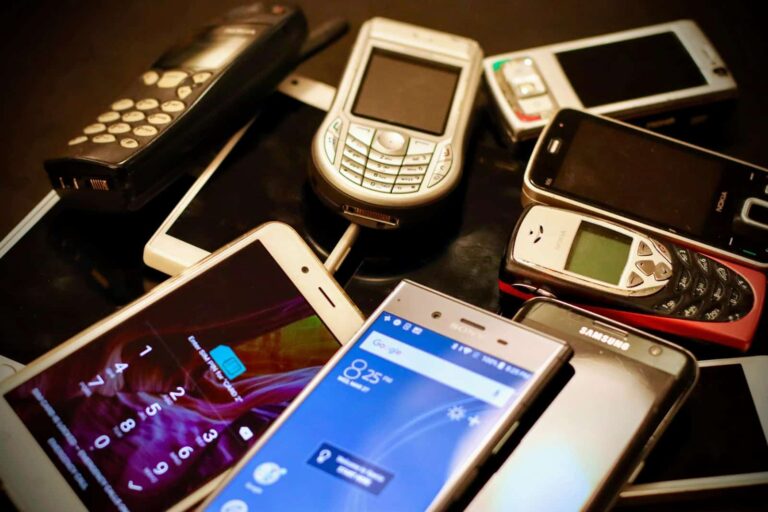As carriers phase out older 3G networks in favor of new, faster 5G systems, owners of older phones may find themselves without service. Vodafone has already made the switch, ditching 3G in favor of its more advanced 4G and 5G services.
Initially, 3G networks revolutionized the use of smartphones by providing Internet access. However, the transition to 5G is estimated to affect around 2 million people without adequate access, raising concerns about the digital divide.
MailOnline has also created an interactive map highlighting areas with weak mobile phone signal, revealing huge gaps in coverage across the UK. In particular, rural and impoverished areas are most affected by these ‘non-spots’, with around 1 million people experiencing digital deprivation due to poor coverage.
Research shows a correlation between rural deprivation and 5G ‘not spot on’, with areas such as East Anglia, Cumbria and parts of Wales being the worst affected. These regions are at risk of being left behind economically and socially, under-utilizing modern digital services such as streaming and online gaming.
Vodafone aims to invest in a next-generation 5G standalone network that will be faster and more reliable. The introduction of 5G technology could significantly increase productivity in various sectors such as agriculture and retail, potentially saving millions of labor hours annually.
However, there are concerns that without the right investment, the UK will fall behind other European countries in terms of technology infrastructure. Vodafone’s proposed merger with Three UK could accelerate the rollout of its standalone 5G coverage, promising to cover 99% of the population by 2034.
Government officials have recognized the potential of 5G for businesses and are stressing the need to help small and medium-sized enterprises (SMEs) adopt the new technology. Ensuring widespread access to standalone 5G and other digital infrastructure is critical to driving economic growth and innovation across the UK.


